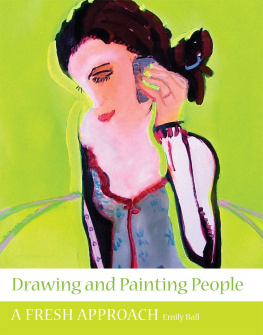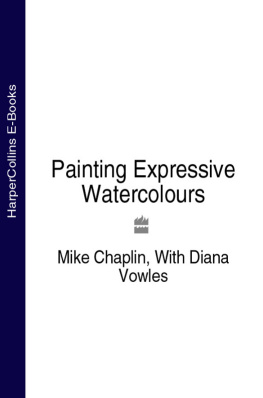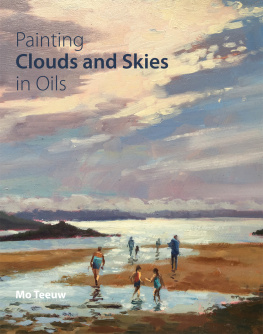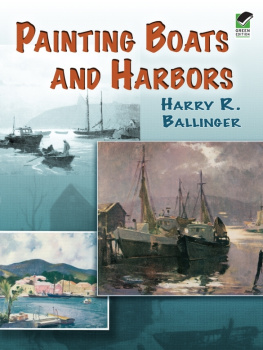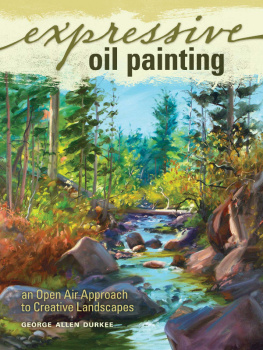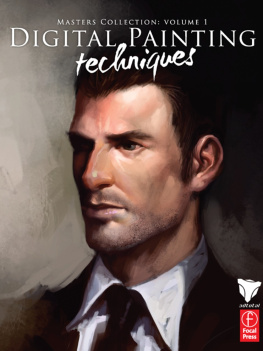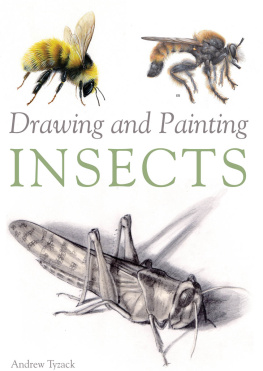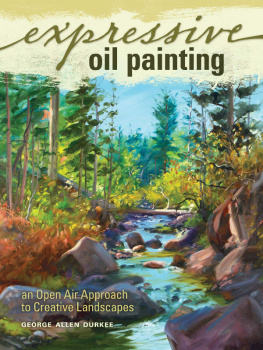Drawing and
Painting People
A FRESH APPROACH
Emily Ball

THE CROWOOD PRESS

Bathtime, oil on canvas by Emily Ball.
First published in 2009 by
The Crowood Press Ltd
Ramsbury, Marlborough
Wiltshire SN8 2HR
www.crowood.com
This e-book first published in 2014
Emily Ball 2009
All rights reserved. No part of this publication may be reproduced or transmitted in any form or by any means, electronic or mechanical, including photocopy, recording, or any information storage and retrieval system, without permission in writing from the publishers.
British Library Cataloguing-in-Publication Data
A catalogue record for this book is available from the British Library.
ISBN 978 184797 788 5
CONTENTS

ACKNOWLEDGEMENTS
This book is dedicated to John Skinner, artist, tutor and friend, for his inspiring teaching and generosity with his experience and passion for painting. He is a fantastic painter who I consider myself privileged to know and work with.
The following people have all also made it possible to write this book: Jane Nash, friend and writer, whose wit and perceptiveness kept me focused on what was important and gave me the confidence to write it in my voice; Gail Elson and Katie Sollohub, who have taught and painted with me for many years we have shared inspiration, experiences and the highs and lows of being artists together; Katie Sollohub for also being a beautiful model; Georgia Hayes, Roy Oxlade, Rose Wylie and Gary Goodman for their fantastic paintings and wealth of knowledge that they generously shared with me during many conversations; my students, who enthusiastically experiment and take risks with their work and, as a result, encourage and sustain my passion to teach; George Meyrick, who fastidiously and tirelessly photographed all the paintings and drawings; Jeff Hutchinson, who beautifully photographed the artists at work and Katie modelling; Rob Walster at Big Blu Design for his sound advice and feedback about my writing to keep it real just as I would teach it; Seawhite of Brighton (suppliers of art materials and family-run company from whom I rent my studio), where I paint and teach, for their support, vision and belief in what I do; Mum and Dad (George and Lesley Ball): for positively encouraging me to choose a career that was not financially secure and ordinary: and for generally being lovely; Luke, my wonderful and supportive husband; Will and Eve, my beautiful, bright children my inspiration and motivation to do extraordinary paintings.
For more information about Emily Ball and her work, visit www.emilyballatseawhite.co.uk and www.emilyball.net.

INTRODUCTION
In 1992 I discovered a well-thumbed, plain blue, slim, hardback book written by artist and teacher John Epstein. I was searching for inspiration in the library and on this occasion found a gem. The essays and illustrations within it were the beginning of my understanding of why I find particular methods of working important to me. They felt like a philosophy grounded in something solid and true to my consciousness about creating paintings, but with many possibilities branching off from it.
This was the beginning of my journey to discover what was important to me as a painter and teacher. I incorporated the idea of working with a combination of sensation and observation into my work whilst doggedly pursuing my passion for painting. I then discovered another very important person. This was John Skinner, an artist and teacher who was based in Dorset. John is mentioned a great deal in this book and I have dedicated it to him as a thank you for his inspiring influence and generosity as an artist, teacher and friend. The experience of being taught firsthand by an artist who is so dynamic and eloquent has made a lasting impression on me as an artist and tutor.
During my career I have had the opportunity to work with many remarkable, single-minded people students, professional artists, writers and teachers who have been an inspiration to me. They are included in the list of acknowledgements at the front of this book. Some of them feature in the following chapters to illustrate exercises and to demonstrate some possible outcomes of the suggested ideas. As well as illustrations of my work (and that of some of my students who have generously agreed to its inclusion) and the work of John Skinner, this book includes paintings and drawings by Roy Oxlade, Rose Wylie, Gail Elson, Katie Sollohub, Georgia Hayes and Gary Goodman. All of us have taught or still do teach. Many write as an extension of their creative practice or as a tool for critical debate about their work for lectures and articles. Whatever the order in which these activities are undertaken we all practise what we preach, continually testing our theories and challenging our own preconceptions to extend and develop our work. No resting on laurels amongst this lot!
The Purpose of This Book
This book is not intended to be academic, nor is it one that celebrates the usual craftsmanship or accomplished style that many people aspire to attain. I want my own work to be a true and intuitive response to my subject. I have invented, borrowed, adapted and tested many creative exercises to help clarify and unpack the process of creating personal, beautiful and often challenging paintings and drawings.
In this sense this is not a How To book, but a book that illuminates the way in which some contemporary paintings appear whilst offering some ideas for unpacking the creative process to enable a greater understanding of the possibilities of painting and drawing. If you feel bored or stuck with your work and want to know how to move forward then this book is perfect for you.
This book is about:
celebrating the best that painting can offer (qualities that are sensual, physical, poetic, beautiful and poignant); |
rigorous, non-fussy, vital painting and drawing; |
getting rid of the flab in your work; |
stripping away the pretentious, arty, slick cleverness; and |
giving confidence and courage to artists and students to take risks. |
The purpose of painting and drawing for me is to find out what my experiences of the world around me look and feel like, through a painterly visual language. As an artist paints and draws they discover their subject. Each piece of work requires an intuitive and responsive approach. Creating it is a sensual, practical and visual process: one that challenges your preconceptions and conditioned ideas. The artist embraces this challenge, allowing the work to take them in new directions that they could not have anticipated. In doing so the artist is prepared to take a risk, to leave behind the familiar and welcome the unfamiliar.
From the moment we are born we are responsive and search out ways of stimulating our senses. This enables us to discover the world around us, to invent it to suit our needs and, importantly, we find out about our significance and relationship to that world. This need and desire continues for the rest of our lives. John Epsteins book contains his energetic and direct charcoal figure drawings. The use of the charcoal was searching and gave form to the poise, weight and character of the figure. There are also short essays and one of them in particular has been absorbed into my teaching and philosophy about painting and drawing. It simply states what is obvious, although it is so often under used or even overlooked. It reminds the artist that before any plans or assumptions are made, before any brush is loaded or charcoal is grasped, there is a sensitive and receptive tool attached to the end of each of our arms. This tool can relate its experience back to the artist and it can influence directly the look and feel of the image beyond what the eye can see and the head can imagine:

